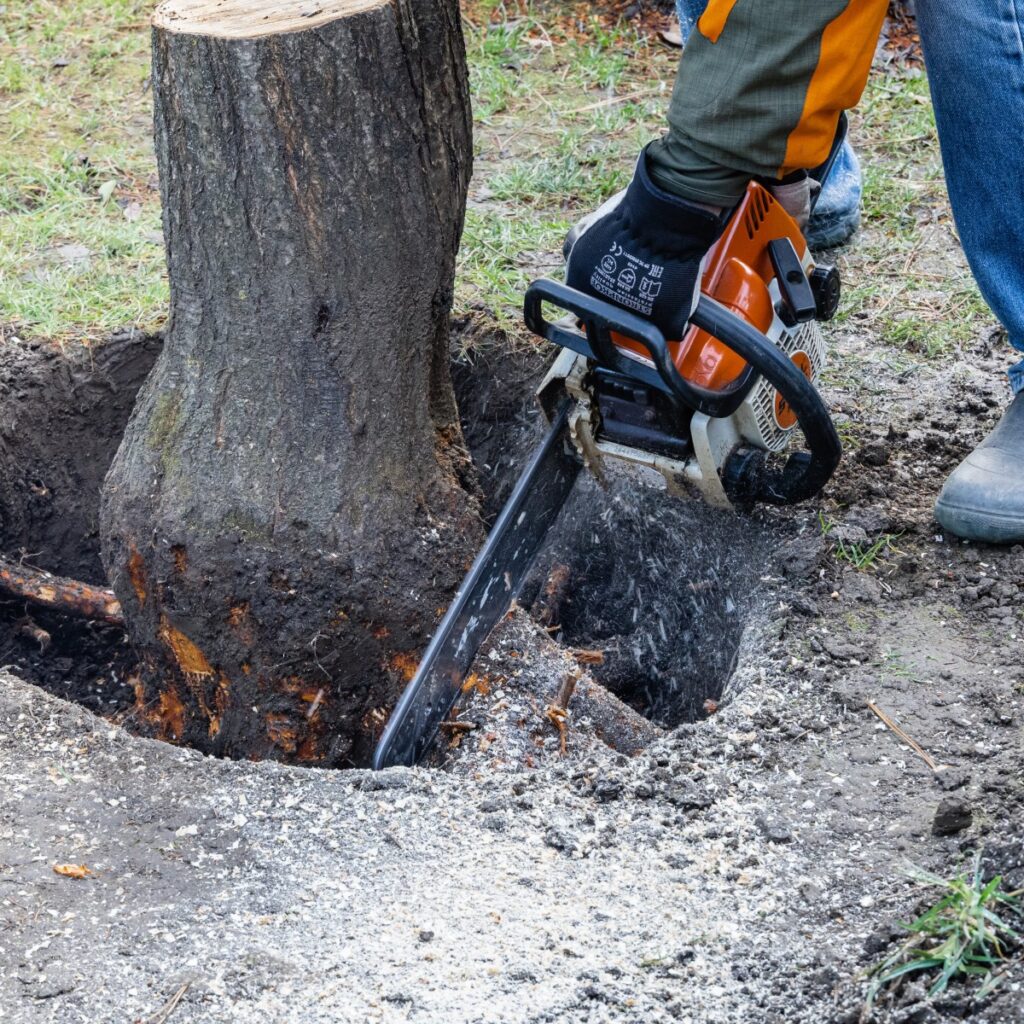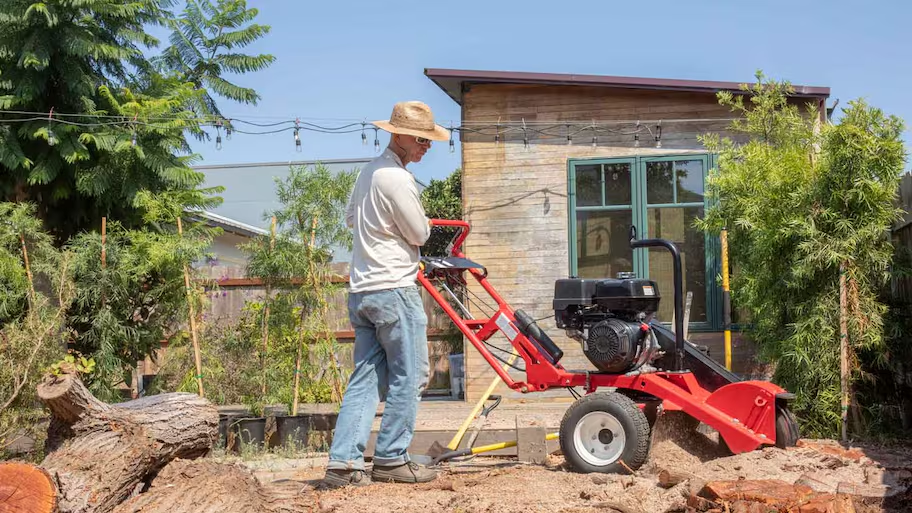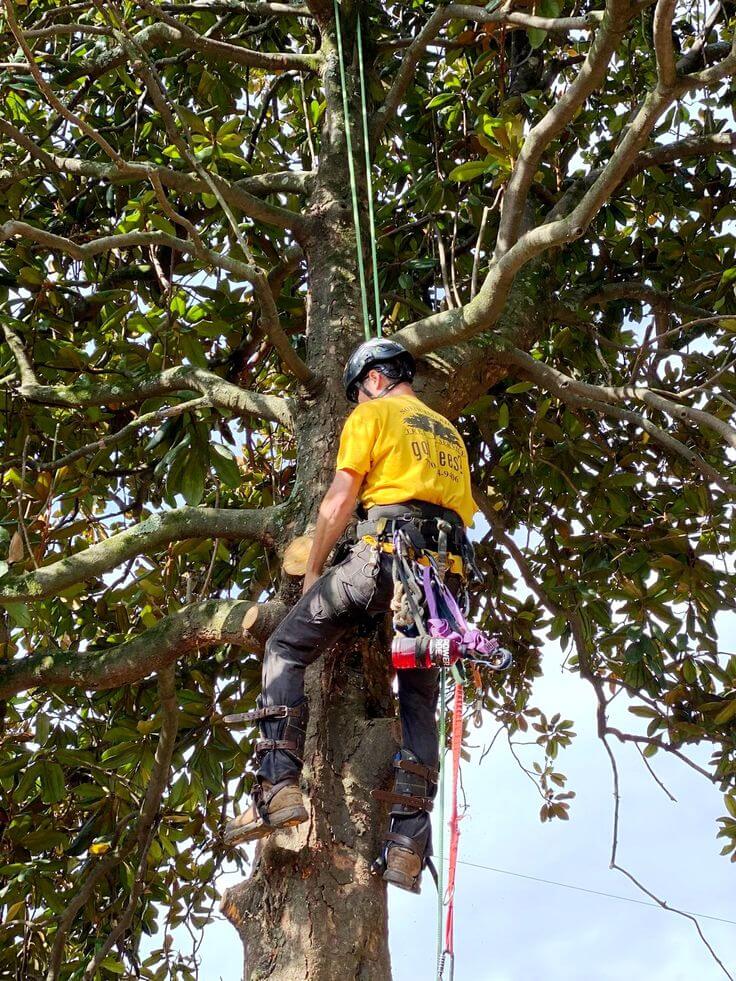Stump Removal Cost Near Me
Introduction to Stump Removal Costs
Stumps left behind in your yard can quickly become a hassle. They’re not just unsightly—they pose safety risks and make lawn maintenance a headache. Whether you’re dealing with a single stump or multiple remnants from tree removal, the cost of stump removal can vary widely depending on several factors. Understanding these costs helps you budget effectively and find the right solution for your needs.
The total cost is greatly affected by elements such as the size, type, and location of the stump. Additionally, your choice of removal method—professional service, DIY, or chemical solutions—can impact both expenses and results.
Why Remove Tree Stumps?
Leaving tree stumps behind may seem harmless, but they can lead to several issues over time:
- Safety Hazards: Stumps can trip children, adults, or even lawn equipment, causing injuries or damage.
- Aesthetic Concerns: A stump detracts from the beauty of a well-maintained yard, making it look incomplete or neglected.
- Impact on Landscaping: Stumps often hinder lawn expansion or new planting projects and can invite pests like termites or ants.
- Property Value: A clean, stump-free yard enhances curb appeal, which can positively affect property resale value.
Factors Affecting Stump Removal Costs
The cost of stump removal doesn’t follow a one-size-fits-all approach. Here are key factors that determine the price:
- The size of the stump plays a significant role; larger stumps are harder to remove, demanding more effort, time, and specialized equipment, which drives up the costs.
- Tree Type and Root System: Hardwoods like oak or maple have denser roots that are harder to remove, making them more expensive compared to softer woods like pine.
- Location and Accessibility: Stumps in hard-to-reach areas or near structures, fences, or utilities may require special equipment, driving up costs.
- Removal Method: Grinding tends to be cheaper than full removal because it leaves roots intact. However, total stump removal ensures no regrowth but costs more.
Different Methods of Stump Removal
Selecting the best method for stump removal hinges on your financial plan, schedule, and desired outcome. Here are the most common methods:
- Stump Grinding:
- A grinder pulverizes the stump into mulch.
- Cost-effective and quick.
- Leaves roots underground.
- Chemical Stump Removal:
- Uses chemical agents to decompose the stump over time.
- Low-cost but time-intensive.
- Requires patience as it can take months.
- Manual Removal:
- Involves digging out the stump and roots manually.
- Labor-intensive but eco-friendly.
- Professional Services:
- Experts use specialized equipment for grinding or full removal.
- Costs more but guarantees results.
The price of stump removal varies by location and the specifics of the job. Here’s a general breakdown:
- National Average: $100 to $300 per stump.
- Stump Grinding: $75 to $150 for a standard-sized stump.
- Complete stump removal typically costs between $200 and $600, with the final price depending on the level of complexity. Additional Fees: Travel costs, disposal of wood chips, or site repairs can add $50 to $200.
Different service providers might include or exclude specific items, so always clarify the total cost upfront.

Cost of DIY Stump Removal
If you’re considering a DIY approach to save money, it’s essential to factor in both the cost and effort involved. While it can be a cost-effective option, stump removal without professional help has its challenges.
- Tools and Equipment Needed:
-
- Basic tools include shovels, axes, and saws.
- Renting a stump grinder can cost between $100 and $400 per day, depending on the size and power of the machine.
- Chemical Methods:
-
- Chemicals like potassium nitrate speed up stump decomposition. These cost around $20 to $40 per product.
- Although inexpensive, this method requires patience, as it may take weeks or months for results.
- Challenges of DIY Methods:
-
- Stump grinding machines are heavy and may require experience to operate safely.
- Manual removal is labor-intensive and may not be feasible for large or deep-rooted stumps.
- Chemical methods are time-consuming and pose environmental concerns if not handled carefully.
Hiring Professional Stump Removal Services
Sometimes, hiring a professional is the best option, especially for complex or large-scale projects. Professionals bring expertise, efficiency, and specialized tools to get the job done right.
- Benefits of Professionals:
-
- Expertise: They understand the nuances of different tree types and root systems.
- Safety: Professionals minimize risks by using proper equipment and techniques.
- Efficiency: What might take you days to accomplish could take them just a few hours.
- What to Expect:
-
- Professionals assess the stump’s size, location, and removal method.
- They provide an estimate, often including stump disposal and site cleanup.
- Choosing the Right Service Provider:
-
- Look for licensed and insured companies.
- Read reviews or request references to gauge reliability.
- Compare quotes from multiple providers to ensure competitive pricing.
How to Estimate Stump Removal Costs
Estimating costs before committing to a service can help you plan your budget effectively. Here’s how to approach it:
- Request Quotes:
-
- Most companies offer free estimates. Provide details about the stump’s size, type, and location for accurate pricing.
- Measure the Stump:
-
- Measure the diameter of the stump at its widest point. Larger diameters often result in higher removal costs.
- Evaluate Local Rates:
-
- Research average costs in your area to understand what’s reasonable. Stump removal costs can vary depending on the local demand and labor rates.
Stump Removal Discounts and Offers
Many professional services offer ways to save on stump removal costs. Here’s what to look for:
- Seasonal Promotions:
-
- Companies often provide discounts during the off-season when demand is lower.
- Multiple Stump Discounts:
-
- Removing multiple stumps at once is typically cheaper per stump than addressing them individually.
- Bundled Services:
-
- Combining stump removal with other landscaping tasks, like tree trimming or land clearing, can reduce overall costs.
Hidden Costs to Watch Out For
While upfront costs are critical, hidden fees can catch you off guard. Be mindful of these potential expenses:
- Disposal Fees:
-
- Some companies charge extra for hauling away wood chips or leftover debris.
- Lawn Repair Costs:
-
- Heavy equipment can damage your lawn, requiring reseeding or grading.
- Travel Charges:
-
- Providers may charge additional fees if your property is far from their service area.
Best Time of Year for Stump Removal
Timing your stump removal can save money and make the process smoother. Here’s when to act:
- Seasonal Considerations:
- Winter or early spring often has lower demand for landscaping services, leading to better deals.
- Weather Factors:
- Dry conditions are ideal as wet soil can complicate the removal process.
Environmental Impacts of Stump Removal
Stump removal isn’t just about clearing space; it also has environmental implications.
- Sustainable Practices:
-
- opt for eco-friendly methods like grinding, which generates mulch that can be reused in your garden.
- Alternatives to Removal:
-
- Consider converting the stump into a decorative feature, such as a planter or garden stool, to avoid waste.
How Long Does Stump Removal Take?
The time required for stump removal depends on the method and stump size:
- Stump Grinding:
-
- Takes 1–2 hours for most stumps.
- Manual Removal:
-
- Can take several hours or even days, depending on the stump’s root system and size.
- Chemical Decomposition:
-
- May take weeks to months for full decomposition.


